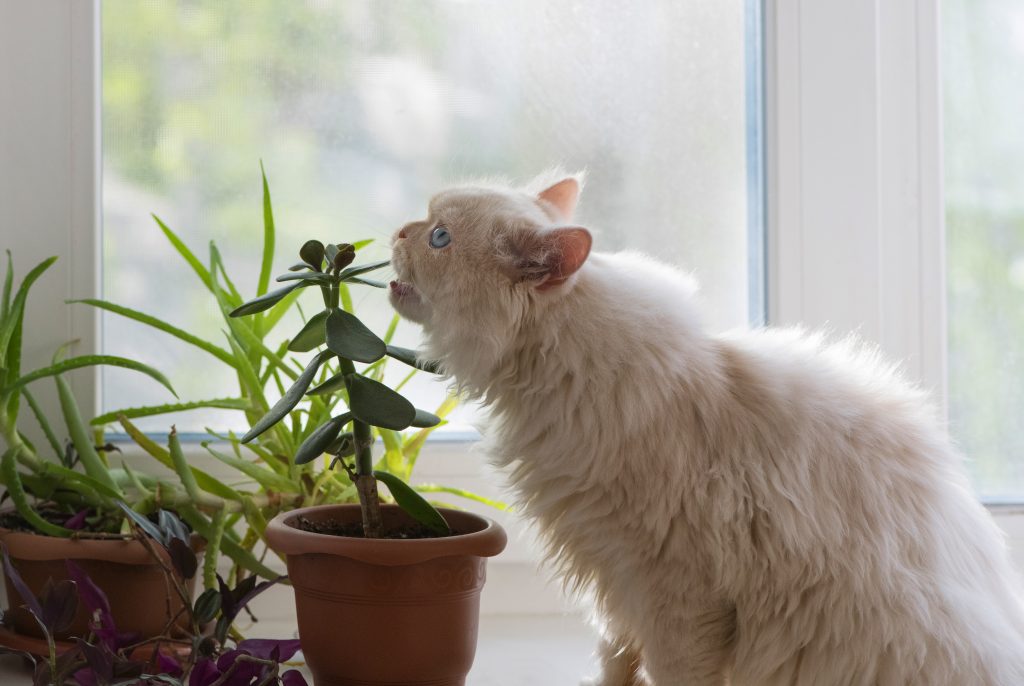
Since you know how curious your cat or dog is, it’s amazing how many things they try and get into. Things we may never even imagine to be edible or tasty to them. But the reality is, pets are like toddlers and try and eat whatever they find. Because of this fact, it’s important to understand all of the potential pet poisons that are in the home and outdoors.
March is national Pet Poison Prevention Awareness Month, and your team at Shiloh Veterinary Hospital is observing the month by raising more awareness among our readers. As loving pet owners, we are sure you want the safest home for your four-legged and more education about pet toxins is key. Let’s take a look at why.
Pet Poisons In the Home
The home is teeming with multiple toxins that are all too accessible to pets. According to the Pet Poison Helpline, these are the top ten most common causes of pet toxicity in cats and dogs each year.
Cats:
- Lilies (highly toxic)
- Flea and tick spot-on medication for dogs
- Household cleaners
- Antidepressant medication
- Essential oils (even the fumes)
- Anti-inflammatories
- Rodenticides
- Stimulant medication (ADD/ADHD)
- Onions and garlic
- Vitamin D
Dogs:
- Chocolate
- Rat and mice poison (rodenticides)
- Anti-inflammatories
- Xylitol (sugar-free gum and candy)
- Grapes and raisins
- Antidepressants
- Acetaminophen
- Vitamin D
- Stimulants
- Fertilizers
Did any of these surprise you? How many of them are in your home? It’s interesting to note that human medications are often the culprits of poisoning in pets. This is because they’re readily in our home and are often accidentally dropped to the ground where your pet can find them.
Food toxicity is another big one, since our pets are drawn to what we eat. Chocolate is a toxin not only because it contains caffeine but it also contains the more harmful chemical, theobromine.
Instead of using noxious household cleaners, pest control, and so on, switch to natural cleaning products that are pet safe.
Creating a Pet Safe Lawn and Garden
Lawn and garden products and the plants and trees you grow may also be poisonous to our pets. There are several plants that are listed as toxins with varying levels of toxicity. The ASPCA has a complete list of toxic plants versus pet friendly plants you can switch to.
Avoid the following poisonous foliage, among others:
- Crocus
- Azalea
- Oleander
- Sago palm
- Lilies
- Daffodils
- Lily of the Valley
- Tulips and Hyacinths
- Cyclamen
- Kalanchoe
Do you have any of these growing in your yard?
Pet Poison Prevention
The world is full of potentially dangerous things and substances, and pets are endlessly curious. This is why we must take steps to protect our furry friends.
- Stow all medications, chemicals, cleaners, and other dangerous things in a secure cabinet or other area.
- Keep all purses and tote bags on a hanger or in the closet.
- Cover trash cans and compost bins.
- Do a thorough sweep through the house to identify anything that might pose a threat to your pet.
- Remove any poisonous plants and trees from the yard, replacing them with pet friendly foliage, trees, and flowers.
We hope this overview of pet toxins help to keep your pet safe. With some simple steps to remove any hazards in the home and yard, we hope you will never need to call us about an emergency pet poisoning.
For more information about pet poison prevention, please contact our team. We are here to help!
